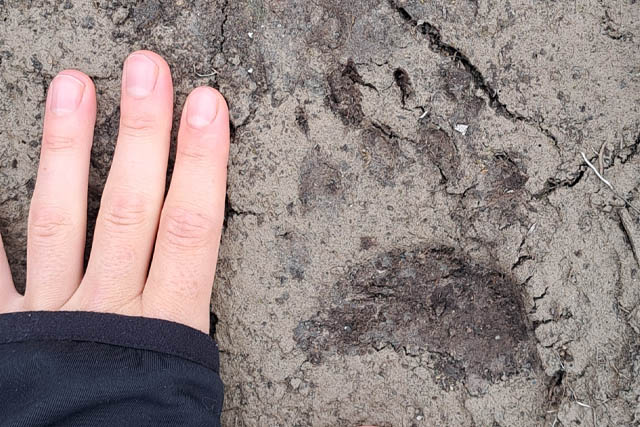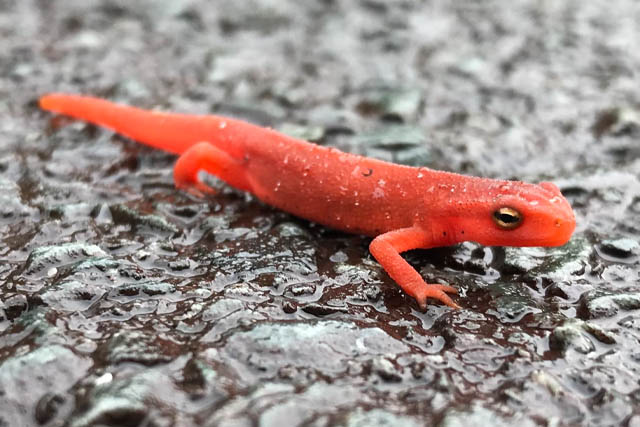
Citizen science with the iNaturalist App
Kejimkujik National Park and National Historic Site
Participate in citizen science! Use the iNaturalist mobile app to capture your observations of wildlife at Kejimkujik and Kejimkujik Seaside.
Every observation contributes to our knowledge of biodiversity.
Respect wildlife and stay safe
Please remember to keep a safe distance, never feed wildlife, and stay on designated trails.
On this page
Current projects
Large predators of Kejimkujik Seaside
Help Parks Canada monitor populations of large predators at Kejimkujik National Park Seaside by reporting observations of black bears, coyotes, or their signs (tracks, scat, etc.).
The data you contribute will help researchers to better understand the habits and distribution of these impressive animals throughout the park's coastal wilderness.
iNaturalist project link: Large predators of Kejimkujik Seaside

Photo: Bernadette Kavanaugh – iNaturalist
Kejimkujik area road herptiles
Help Parks Canada gather observations of amphibians and reptiles on roads in Kejimkujik National Park and National Historic Site.
These observations will inform recommendations for eco-passages and other road mortality mitigation strategies. The observations will be hot-spot mapped to highlight areas of greatest concern.
iNaturalist project link: Kejimkujik area road herptiles

Photo: Cody Chapman – iNaturalist
How to participate
1. Using your Android or iPhone, download the iNaturalist app.
2. Use the app to photograph the species or its evidence (scat, tracks) you observe.
3. Upload the photos to iNaturalist.
4. Use the app to learn about your findings.
iNaturalist observations
- Date modified :